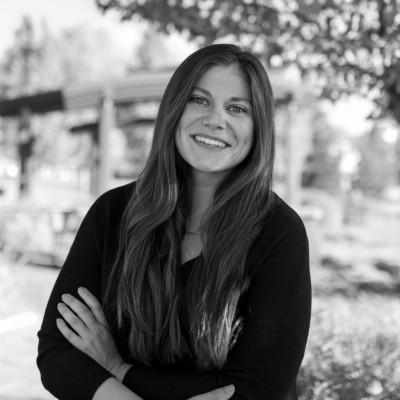The Secrets of Boosting Remote Team Productivity and Performance


When Covid abruptly forced a transition to remote work in March 2020, corporate leaders assumed it would be temporary. However, when employers tried to bring workers back to the office, they realized their team members had different expectations.
“Employees had really found their voice. And that voice said, ‘hey, it’s just not necessary for me to go into the office to be productive at my job. In fact, I think I can be more productive while working from home,’” said Gabriela Mauch, head of ActivTrak’s productivity lab, during a recent From Day One webinar about “The Secrets of Boosting Remote Team Productivity and Performance.”
ActivTrak is a workforce analytics and productivity management software company that helps employers optimize processes and technology to make the new normal of remote and hybrid work as effective as possible.
“The technology solutions that really unlocked potential in the office might not be the exact same technology solutions that you need for your highly distributed, highly flexible, hybrid remote workforce,” Mauch said. “In fact, organizations that are really rolling up their sleeves and committing to figuring this out are saying, ‘What's the right technology I need? How can I support my employees? How do we need to alter our management practices, to really make sure that we can unlock the potential of our workforce?’”
The Challenges of Remote Teams

Many company leaders believe some of their employees are less productive when working from home. In contrast, others have become so efficient in this new environment that they are experiencing burnout, says Mauch.
Another challenge employers are facing is onboarding new team members. Especially if there isn’t an opportunity to see one another in the office on a daily basis and quickly identify areas that need support.
Workplace policy effectiveness and adherence can also be an issue, says Mauch. “A lot of us struggle with the validation of scheduling and policies that we have in our environments today,” she said.
For example, if employees are expected to be in the office a certain number of days per week and work remotely the rest of the time, “That becomes really hard when the workforce itself isn’t just as visible as it once was,” Mauch said. “Maybe there’s an absence or inconsistency of badging data, scheduling data, and really tracking and whether or not the policies are being adhered to.”
Finally, there’s the question of whether investments in technology are making the hybrid workplace more efficient. “Is it really being used in a way that we expect people to use the office space that we have?” Mauch asked. “Is the workforce that we’ve employed fully optimized as they work remotely?”
Getting Insights Into Productivity
Javier Aldrete, senior vice president of product at ActivTrak, said the company’s software allows employers to click on various teams within their organization to see key leading indicator metrics for each member, such as productive time, non-productive time, and productivity ratio.
“This very quickly gives you the ability to see what’s happening at the team level,” he said. “For each particular team member, we can get a little bit more of their pattern of work, like how are they working through the day, are they taking breaks, when are they taking the breaks, or are they just continuing without any breathers in between meetings.”
Employers can use these reports to understand when an employee might be able to have a conversation and when they shouldn’t be disrupted, says Aldrete. He said they are also a vital tool for managers to see who might need some support to reach their goals.
ActivTrak’s location insights feature is a helpful tool when designing hybrid workplace policies, according to Aldrete. “You can see metrics like those productive hours per day in leading indicators that we described earlier, but broken up by location,” he said.
This means ActivTrak tracks productivity in three different setups. First, working 100% of the day from somewhere outside the office, whether from home, a coffee shop, or another location. Or working part of the day in the office and part of the day remotely. Lastly, those working the entire day in the office.
Employers can also use ActivTrak to gain insight into the workload balance occurring within teams, says Alderte. For example, some people may be putting in too many hours, while some need to work more hours and others are achieving a healthy balance.
“We’re able to see the distribution of the work within the team and make decisions around reallocating work, changing project deadlines and goals, as well as potentially deciding whether we need to hire more folks to help this team balance out that work,” Aldrete said.
When it comes to evaluating the productivity of a hybrid workforce, there’s no one-size-fits-all solution, says Mauch. However, the overall philosophy for doing so remains the same.
“The idea is that your people organization and your business leaders are being thoughtful about the culture of your organization and the employee base, and having open and honest conversations about leveraging this data for performance, as well as just the overall enablement of hybrid work,” she said. “A lot of organizations have employees that really want to be hybrid, or really want to be remote, but leaders are less comfortable with allowing that to happen. And so, there’s this business case for having a solution that provides some level of accountability for remote work while still allowing it to take place.”
Editor's note: From Day One thanks our partner, ActivTrak, for sponsoring this webinar.
Mary Pieper is a freelance reporter based in Mason City, Iowa.
The From Day One Newsletter is a monthly roundup of articles, features, and editorials on innovative ways for companies to forge stronger relationships with their employees, customers, and communities.